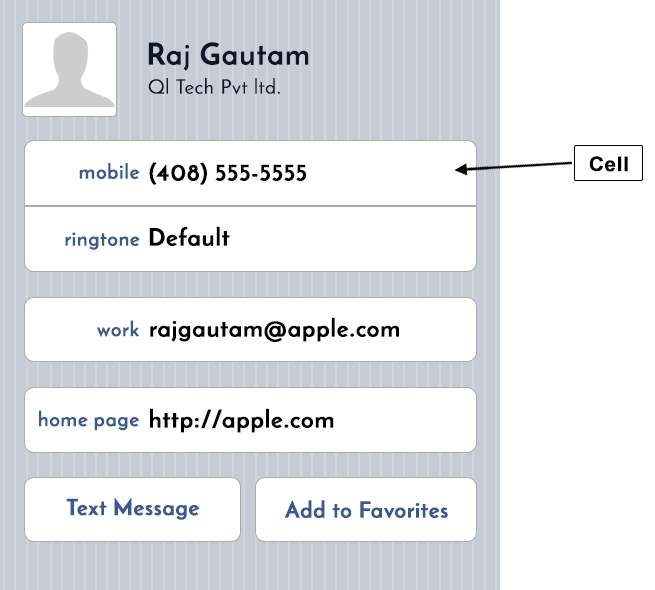Every business has its requirements and anything less is akin to playing the fiddle while Rome burns. The most effective one, the most versatile one, the most resourceful one – these are some of the adjectives that are preferred by businesses to search for tools for web development. They want to develop websites that are designed to catch the attention of potential customers and to convert them eventually into repeat customers. Two of the most popular ways to develop web applications nowadays are – CMS and PHP frameworks. Both these methods have their positives and negatives. We would be exploring these structures in and out through this article.
It is difficult to choose one amongst them owing to the deep intricacies in the same. Hence, we need to understand both these choices and the subtle differences between them.
What is CMS or PHP framework? How do they work?
CMS stands for Content Management System. Using CMS for website development provides various tools to help a developer manage a website and its contents. One can use the content management system for website development or e-Commerce related purposes. One can also make all the changes that are required for the same in a convenient manner. If we take the example of a Content Management System for eCommerce websites, one can change the price, layout, inventory, and more. The most popular CMS options include WordPress, Xaraya, Moodle, and Joomla among others. They are specifically tailored for ensuring that the management of a website becomes more easy and efficient.
Read More: Benefits of custom PHP web development
On the other hand, a framework can be defined as a developer-driven customized code that is created within a set of rules. Developers use core library functions to develop modules, which are tailored from the linguistic fabric known as PHP development– an art known as web development using the PHP framework. However, a layman would not be able to figure out the intricacies of the process of PHP framework development. Some of the most widely used PHP frameworks include CodeIgniter and other such tools.
What are the distinguishing features of both?
There are four critical factors that one needs to take care of while designing one’s website, which is listed below:
Security:
Security in the age of hacking is of prime importance. Every visitor needs to understand whether a website is secure enough for transactions or not. If a visitor notices the SSL lock sign on the link of a website, they will be satisfied and reassured that the purchase will occur without any discrepancies.
Being open-source platforms, the plugins and modules on CMSes are created by independent developers or groups of developers. When bugs or deficiencies are found, newer versions of code are launched after ensuring that the bug or deficiency has been removed. Installing reliable plugins on a CMS website is also an important element that needs to be considered as far as security is concerned. Due to the presence of other elements such as cross-site scripting, the security vulnerabilities on these platforms are considerably large.
The use of custom code in PHP frameworks adds a powerful layer of security to the website. Most have built-in functions for encryption and security. This makes them perfect for purposes such as corporate web development as well as the integration of complex web systems. This can be intricately tailored for ensuring a larger degree of freedom and customizability.
Verdict: We think PHP framework websites are more secure than CMS.
Flexibility:
Based upon what functionalities you are looking to add or enhance your business, its web portal may need to be integrated with various functional elements as well as with third-party applications. Dedicated PHP programmers design applications by keeping the business interests in priority.
CMS platforms have diverse functionalities as far as application goes but suffer due to limited flexibility. This gives birth to numerous restrictions as far as creative freedom is concerned. Hence, even though there are numerous modules and plugins on CMSes, the inherent flexibility as far as their usage is concerned is limited to quite an extent.
Frameworks derive heavily from libraries of functions and data, which can easily be customized based on the requirements of the business. PHP web application development is an important aspect that PHP frameworks are useful for, especially due to the immense degree of customizability that the framework provides for the users.
Verdict: For flexibility, we consider PHP frameworks to be ahead of CMSes.
Upgrades:
Getting your online portal updated to the latest standards of technical proficiency is imperative. As far as security and functionality are concerned, updating installed plugins and modules is necessary for the progress and development of the website.

CMSes get updates on a regular basis owing to the large community of developers who are a part of the development team. However, PHP frameworks do not have frequent updates when compared to CMSes.
Verdict: We think CMSes are better in this case owing to the frequent upgrades and the immediate support that is available on these platforms.
User Experience (UX):
Content Management Systems are built by taking managers and modern websites into consideration. Most CMSes make it very simple to manage website content. Due to this, most CMSes are crafted in intricate ways to maximize convenience and ease for website owners. The website host can modify elements on a website without encountering any problems with the same. CMSes mostly provide responsive themes so that the website functions can be used on mobile systems as well.

A PHP framework does not have a user-friendly interface, unlike CMSes, owing to the immense amount of knowledge about coding that is required to work with these frameworks. Moreover, in order to customize linguistic frameworks to make them more flexible, a laymen individual would require the help of dedicated PHP programmers.
Verdict: CMS is certainly a better choice when it comes to user experience and ease of use.
And the winner is…!
Choosing a platform that is just right for your website is as important as finding a perfect destination for building your house. Trying to find the best fit for your preferences involves understanding the subtle nuances of security, design, and user experience.

A platform that can provide a balance between all of these elements will be the perfect fit for your online business portal. After all, your application is judged as a whole and not by severed elements.
Every business has its preferences and requirements, the fulfilment of which will ultimately lead to the progress and growth of the online portal. So go ahead, make your choice.





